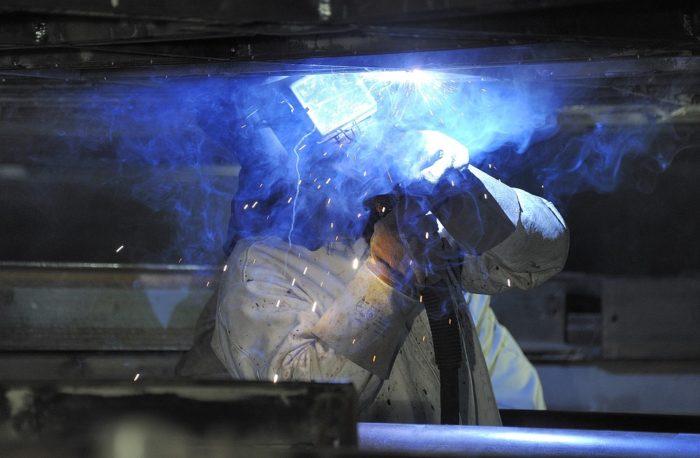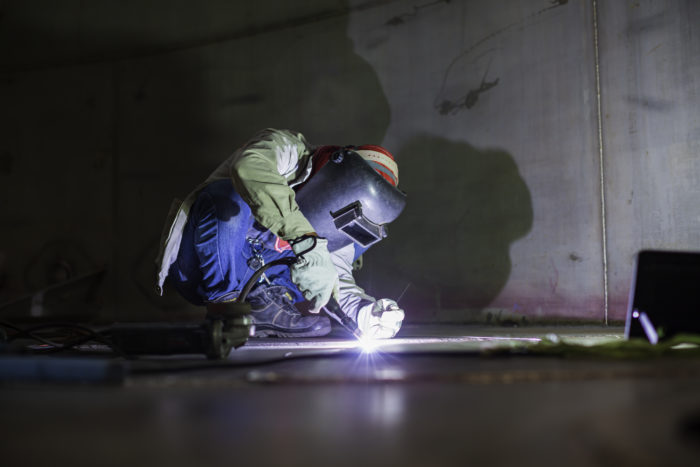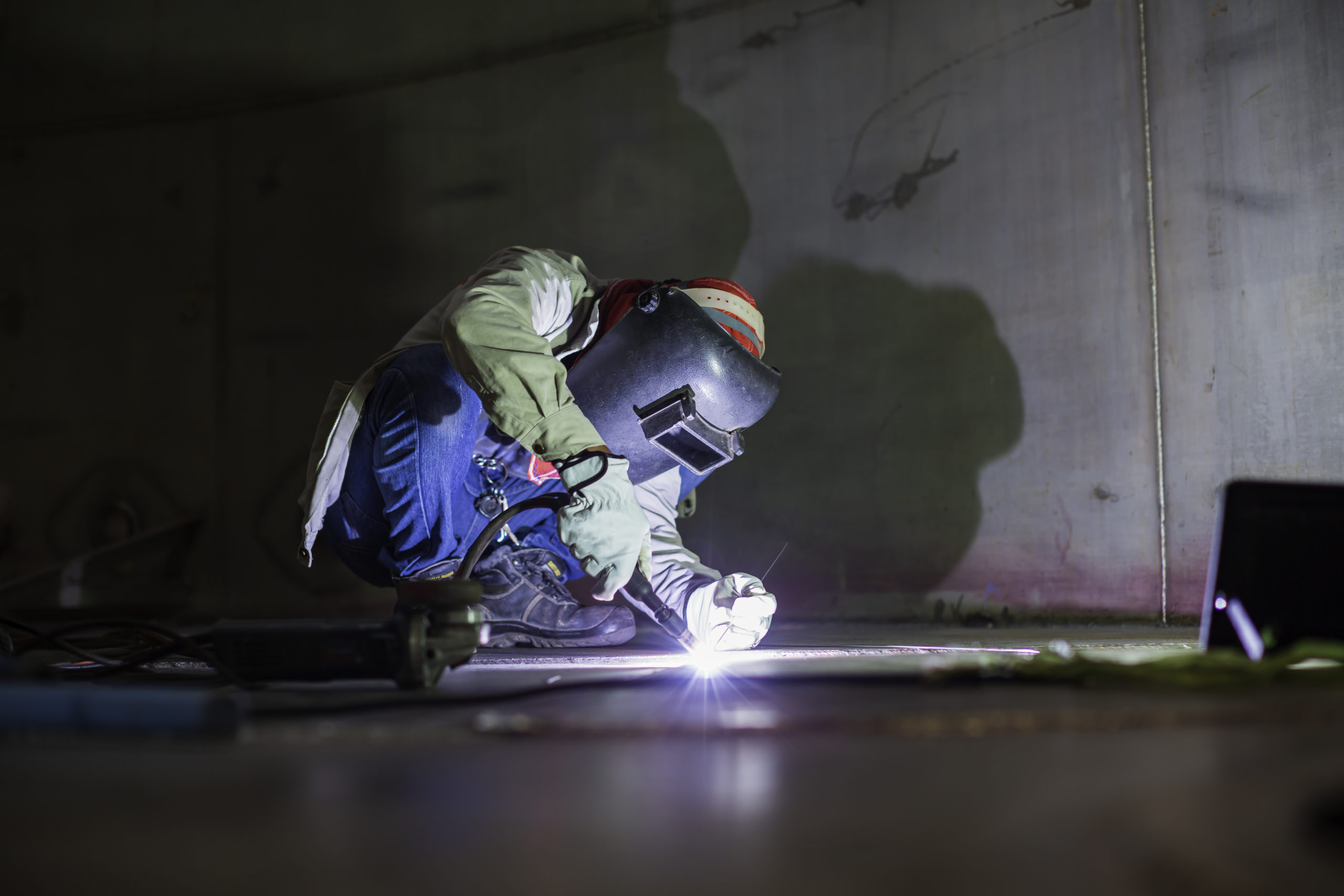Welding requires excellent knowledge and skills to better create a great output. Hence, you need to know every single detail about the materials and their uses.
You need to know that there are different types of welding rods, which means they have different purposes too.
Some electrodes can work on various types of currents and metals, while others work on just one specific type. So, you need to have enough knowledge to be able to wisely choose the best electrode for your weld.
In this article, we will discuss what a welding rod is, its different types, and its uses. Let’s begin with the definition.
What is a Welding Rod?

Welding rods are also known as welding electrodes. These are used by welders to produce an electric current that is useful for arc welding. Hence, welding electrodes create the electric arc that can join parent metals.
Welding electrodes have two categories. They can be consumable or non-consumable. Arc welders and Metal MIG welders make use of consumable electrodes, while TIG welders use non-consumable electrodes.
Consumable Welding Electrodes
Consumable welding electrodes have a low melting point so it melts while the welding process takes place. These are easy to use and maintain and are ideal for Metal Inert Gas (MIG) Welding and Shielded Metal Arc Welding (SMAW).
Consumable electrodes are used in arc welding and classified as coated electrodes or bare electrodes.
Coated Electrodes
Coated electrodes can be divided into three groups such as light-coated electrodes, medium-coated electrodes, and heavy-coated electrodes.
These three differ in their flux thickness which protects the weld pool from contaminants like sulfur, phosphorus, and oxides.
Bare Electrodes
Bare electrodes simply mean they don’t have a flux coating that can shield the weld pool.
Non-consumable Welding Electrodes
On the other hand, non-consumable welding electrodes, also known as Refractory Electrodes, have a high melting point so they don’t melt during the welding process.
These include tungsten electrodes and carbon electrodes. Therefore, non-consumable electrodes are mostly used in Tungsten Inert Gas (TIG) welding. Although they don’t melt during the welding, oxidation and vaporization occur so the electrode’s length reduces.
Tungsten Electrodes
Tungsten electrodes are the most famous non-consumable electrodes that welders use in Tungsten Inert Gas (TIG) welding. This type of electrode is ideal if you’ll be doing smaller projects on thinner metals that don’t need a high amperage.
Tungsten electrodes can be made of 100% tungsten or combined with zirconium or thorium.
The tungsten/zirconium electrode combinations can be best used on heavier metals but are not as durable as the tungsten/thorium electrodes. On the other hand, tungsten/thorium creates a very tough weld product having a high amperage.
Carbon Electrodes
You may not know this type of non-consumable electrode since it is less common nowadays but it is still being used by some welders.
Carbon electrodes generate a large arc that is perfect for heating metals and cutting channels or holes. However, these can’t do detailed welds on thin metals.
What are the Different Types of Welding Rods and Their Uses?
Generally, welding rods have six different types which are famous and commonly used in welding. It’s essential to use the most appropriate type of rod so you will create a good and strong weld.
1. 6010
This type of welding electrode is used to deliver deep penetration so it is applicable in shipyards, pipe welding, steel castings, steel storage tanks, water towers, and field construction.
Deep penetration means that the welding requires extremely high power densities. Additionally, this type of welding electrode can be used only in a direct current (DC) power source.
2. 6011
If you will compare this type of electrode to 6010, this is much better because it can be used on either direct current (DC) or alternating current (AC).
But, just like 6010, it also delivers deep penetration. This is perfect you will be welding thicker metals since it can bear 60,000 psi of force without being shattered.
3. 6012
This type of welding rod can be used in any type of weld since this is a general-purpose welding rod. This can also work on both DC and AC. Moreover, it gives off a good stable arc and works at elevated currents creating less spatter.
Unlike the first two types of electrodes mentioned above, 6012 is only ideal for shallow penetration.
This type of welding electrode is applicable in welding repair works, connecting open joints, rusted carbon steel sheets welding, and non-critical welding
4. 6013
A 6013 is neither for shallow nor deep but moderate penetration as it creates a soft arc creating very little splatter. It can work on both direct and alternating currents.
This type of welding electrode is a good choice if you want a smooth and stable arc for welding processes that need a change in position.
5. 7018
The 7018 is considered one of the most flexible welding electrodes, which is mainly used for low to moderate welding of carbon steel. This can bear up to 70,000 psi so it produces sturdy welds.
Furthermore, it can work on both DC and AC power sources. Having these attributes, 7018 is considered functional and perfect for structural welding.
6. 7024
Welders prefer this type of welding electrode because it possesses a high content of the iron powder. This attribute helps make the welding process easier as it increases the deposition rate.
In addition to that, 7024 electrodes are typically used for horizontal or high-speed flat welds. This is the most suitable type of welding rod if your welding plans need a smooth finish with fine ripples.

How to Choose the Most Suitable Welding Rods?
Welding electrodes help in making quality welds. So, you need to choose which among the different types is the most suitable for your welding plans. To choose a welding electrode, you first need to assess the following:
1. Kind of base metals
2. Thickness of base metals
3. Type of current you’ll use in welding (AC or DC)
4. Tensile strength of the welding rod
5. Chisel’s reaction to the metal
Conclusion
Welding rods have different types which means they have different uses.
Therefore, you need to know first what you will be welding to better choose which is the most suitable welding electrode you will use.
This will then result in a high-quality weld. Never forget to use a welding helmet while welding and take care!

